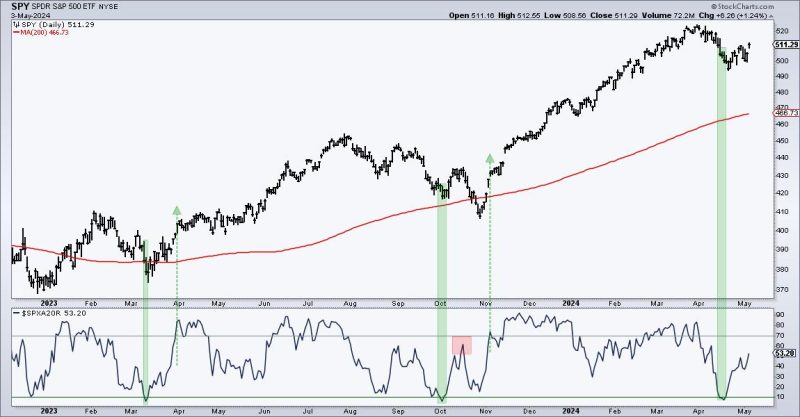Is it a Dead-Cat Bounce or a Bounce with Legs?
To answer the question, we first need to understand the underpinning financial concepts. Dead-cat bounce is a temporary recovery from a prolonged decline or a bear market, followed by the continuation of the downtrend. In contrast, a bounce with legs is a more sustainable recovery that could herald the beginning of a new uptrend.
Dissecting The Dead-Cat Bounce
Technically, a dead-cat bounce is seen as a trap for investors. The name is based on the notion, as crude as it may be, that even a dead cat will bounce if it falls from a considerable height. As applied to financial markets, it represents a short-lived recovery from a bear market. This period of recovery can mislead investors into believing the downtrend has reversed, causing them to hold onto or even buy more stocks. Yet, the market resumes its downward trajectory shortly after, causing those hopeful investors significant losses.
The dead-cat bounce often occurs because of oversold conditions in the market. Overselling implies that stocks have been heavily sold, and their prices have fallen too sharply. Contrarian investors may see this as an undervalued condition and proceed to buy, causing stock prices to rise briefly. However, if the underlying financial and economic conditions do not improve, this bounce tends to be short-lived.
Bounce with Legs: A More Sustainable Turnaround
On the other hand, a bounce with legs is a more prolonged and sustained market recovery that often signals the end of a bear market and the possible inception of a bull market. It refers to situations where the market begins to show signs of a steady, sustained recovery after a significant fall.
This type of bounce happens because of an improved outlook on the economy or stronger corporate earnings forecasts. Bounces with legs take place when investors’ confidence in the economy boosts, either through positive shifts in economic indicators, policy changes, or corporate adjustments that improve profitability or productivity.
Bounces with legs come with improved trading volumes and broad market participation. They are also accompanied by a series of higher highs and higher lows, unlike the single, short-lived surge of the dead-cat bounce.
Deciphering The Bounce
The real difficulty lies in telling the difference between a dead-cat bounce and a bounce with legs while in the moment. This is where technical and fundamental analyzes come into play. Technical analysis involves studying price patterns, while fundamental analysis examines the health of the economy and individual companies.
Among the clues, one can look at the volume of trading. If the recovery is accompanied by a surge in trading volume, it could suggest a new optimism among traders, potentially pointing to a bounce with legs. On the other hand, if the volume remains low during recovery, it might indicate a lack of conviction, suggesting the possibility of a dead-cat bounce.
In addition to rigorous analysis, investors also need to monitor policy changes and economic fundamentals. Are there signals of economic improvements? Are interest rates going down? Is inflation under control? Has there been a significant corporate regulation change? These are pertinent questions that, when answered, can help investors navigate between a dead-cat bounce and a more sustainable bounce with legs.
In conclusion, differentiating between a dead-cat bounce and a bounce with legs can be challenging but is essential for successful investing. By using technical analysis and keeping an eye on changes in the economic landscape, investors can make informed decisions and position themselves accordingly. Remember, investing is not just about following the trends but also understanding the nuances that impact market trajectories.




